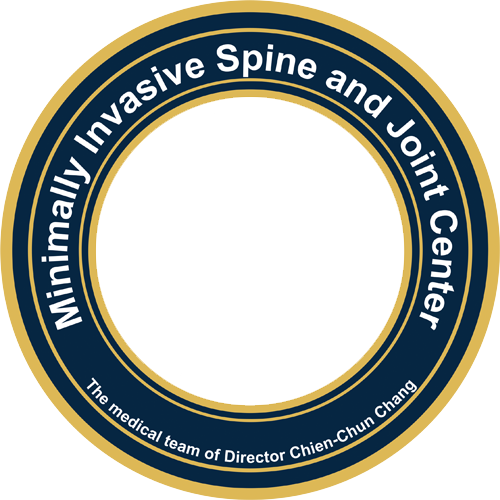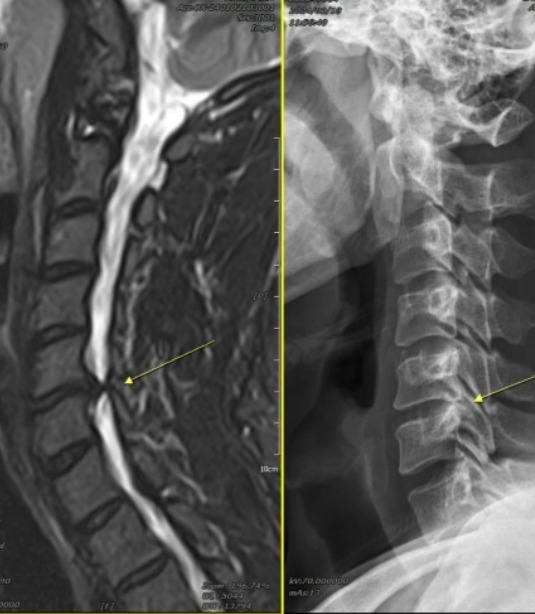
3D Computer-assisted cervical spine surgery
The cervical spine is one of the most delicate and essential structures in the human body, containing critical nerves and blood vessels.
As such, cervical spine surgery demands the highest levels of precision and safety. Our team is dedicated to adopting cutting-edge technologies, combining computer-assisted navigation with minimally invasive techniques to achieve high-precision cervical spine surgeries with minimal tissue disruption. This approach not only addresses common cervical spine conditions but also excels in complex revision surgeries, correction of cervical kyphosis, and treatment of spinal stenosis.
◎Key Features of the Surgery
-Precision Treatment with Lower Risks
-Minimally Invasive Approach with No Rehabilitation Required
(Patients can walk on the same day of surgery and are typically discharged within 1–3 days.)
-No Need for Urinary Catheters
As such, cervical spine surgery demands the highest levels of precision and safety. Our team is dedicated to adopting cutting-edge technologies, combining computer-assisted navigation with minimally invasive techniques to achieve high-precision cervical spine surgeries with minimal tissue disruption. This approach not only addresses common cervical spine conditions but also excels in complex revision surgeries, correction of cervical kyphosis, and treatment of spinal stenosis.
◎Key Features of the Surgery
-Precision Treatment with Lower Risks
-Minimally Invasive Approach with No Rehabilitation Required
(Patients can walk on the same day of surgery and are typically discharged within 1–3 days.)
-No Need for Urinary Catheters
Advancing Cervical Spine Surgery with 3D Navigation for Enhanced Safety
Computer-assisted minimally invasive cervical spine surgery leverages advanced navigation systems and minimally invasive techniques to address various cervical spine disorders. Using real-time imaging technology, surgeons can precisely target the affected area, significantly improving surgical safety and success rates.
This technology is particularly effective for revision surgeries, cervical kyphosis correction, spinal stenosis treatment, and intervertebral disc degeneration or herniation. The advantages include smaller incisions, reduced tissue damage, less postoperative pain, and shorter recovery times, allowing patients to return to their daily lives more quickly. Equipped with world-class facilities and an experienced team, we provide every patient with the most professional treatment plans and compassionate care.

3D-guided

Precise medicine

Minimal incision
__25A0876pRR.png)
Rapid recovery
Comparison of Minimally Invasive and Traditional Cervical Spine Surgeries
Minimally invasive techniques can be utilized for cervical spine surgeries, including endoscopic procedures, anterior cervical discectomy and fusion (ACDF), and laminoplasty. Under the care of Dr. Zhang Jian-Jun's team, most cervical spine surgeries allow patients to walk on the day of surgery and be discharged the following day, without the need for urinary catheters. By incorporating navigation systems and minimally invasive techniques, we substantially reduce the risks and complications associated with traditional surgeries.
| Conventional Cervical surgery |
ACDF (Anterior Cervical Discectomy & Fusion) Surgery |
Cervical Endoscopic Spine Surgery |
|
|---|---|---|---|
| Indications | cervical spine disorders | Spondylolisthesis | Spinal stenosis & HIVD |
| Blood loss | 100-200 ml | 20 ml | 10ml |
| Incision size | 5-10cm | 4cm | 8mm |
| Anesthesia method | General anesthesia | General anesthesia | General anesthesia |
| Hospital stay | At least 7-10 days | 1-3 days | 2 days |
| Postoperative Rehab | Longer Recovery Period At least 3-6 months |
No need or less than 1 month | No need |
Q&A
Q1.Is rehabilitation needed after cervical spine surgery?+
For most minimally invasive cervical spine surgeries, the nerve-related pain and numbness can be significantly improved post-surgery, and rehabilitation is generally not required. However, in cases of severe nerve compression, temporary weakness may occur after surgery. This condition is typically resolved within six months post-operation.
Q2.What is the difference between minimally invasive endoscopic spine surgery and traditional spine surgery?+
Advantages of minimally invasive endoscopic spine surgery include:
- Less tissue damage: Compared to traditional surgery, the surgical pathway is only 8mm wide, resulting in minimal soft tissue and muscle disruption. Most patients can get out of bed on the day of surgery and be discharged the same day or the next day. Retrospective studies have shown that, compared to traditional surgery, endoscopic surgery allows patients to return to work sooner, experience less postoperative back pain, have shorter hospital stays, and spend less time in surgery.
- Smaller incisions: The incision is approximately 1cm.
- Option for local anesthesia: Surgery can potentially be performed under local anesthesia, reducing the risk of nerve injury during the procedure.
- Enhanced visualization: The magnification provided during surgery allows for clearer visibility of nerves, reducing the risk of nerve injury.
Success Case
















